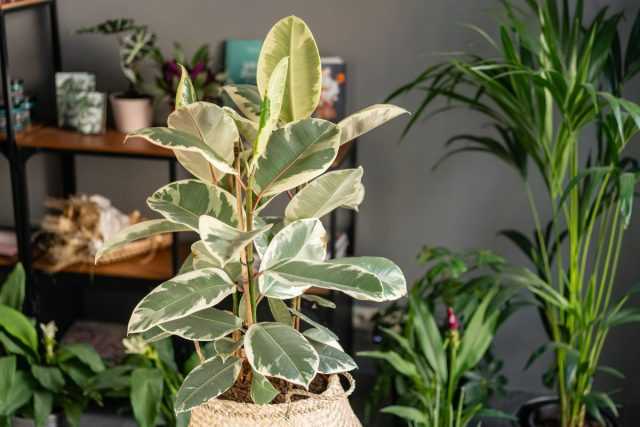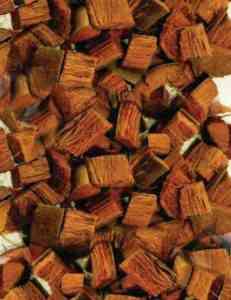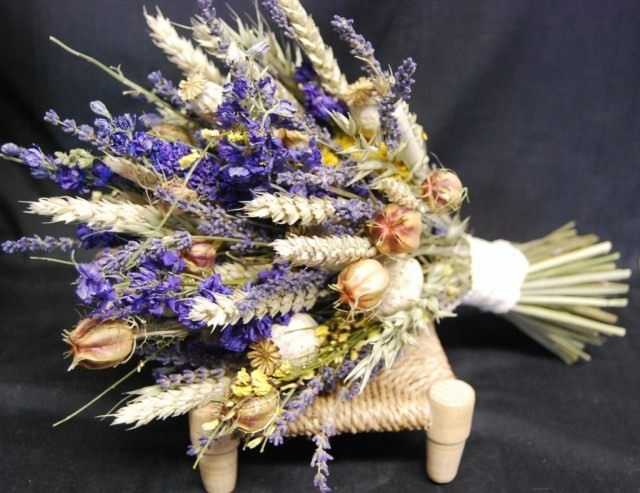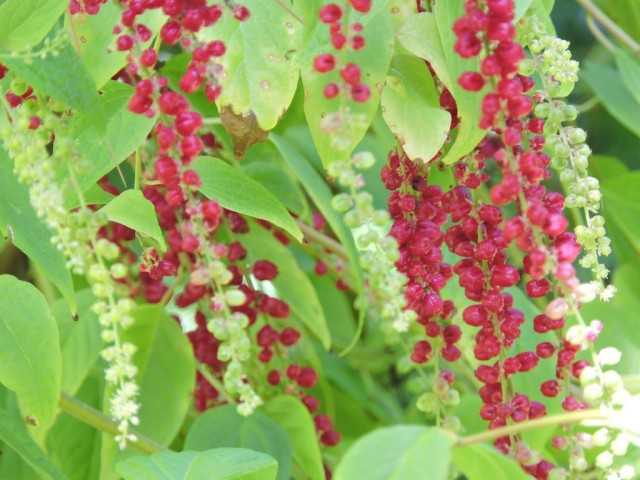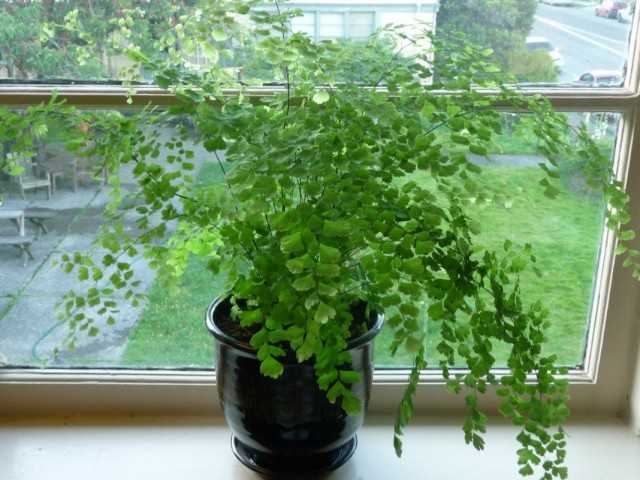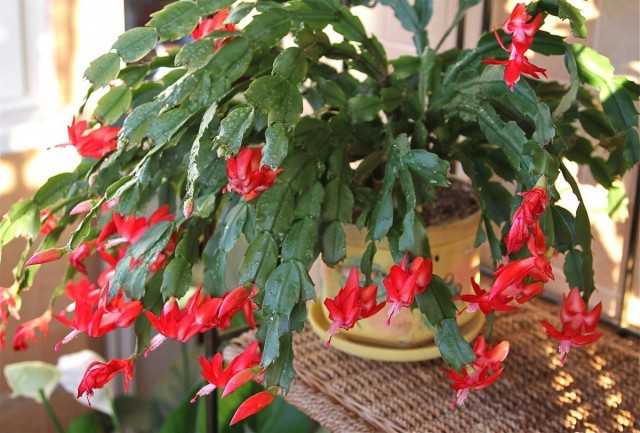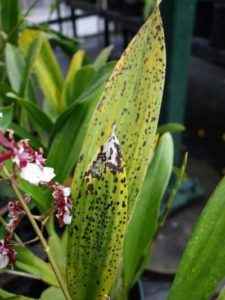One of the serious types of damage to the leaf apparatus of plants is damage caused by larvae of mining flies and moths, or leaf miners. The females of these pests are armed with a proboscis, with which they pierce plant tissues in order to suck food or lay eggs.
The pests themselves are yellowish-white or brownish larvae 2-3 mm long. These larvae gnaw typical mined tunnels in the leaves for several days, and then they pupate inside the leaves or on their surface.
Honeysuckle affected by leaf miner. Farmer Burea-Uinsurance.com Krzysztof Ziarnek
The pupal stage lasts from 8 to 14 days, then an adult insect hatches from it. In total, the development of an adult insect from an egg takes only three weeks.
Female miners, piercing the epidermis of the leaf, are able to carry pathogens of plant diseases, for example, such as mosaic viruses of soybeans, tobacco, celery and watermelon.
Symptoms of plant damage by leaf miners
Depending on the type of miner, larvae-gnawed passages can be found on the lower or upper side of the leaves. Most species specialize in certain plants, others mine a wide variety of plants. They affect ornamental plants, vegetables and shrubs.
The first sign of damage is small pits in the leaves – puncture marks left by females.
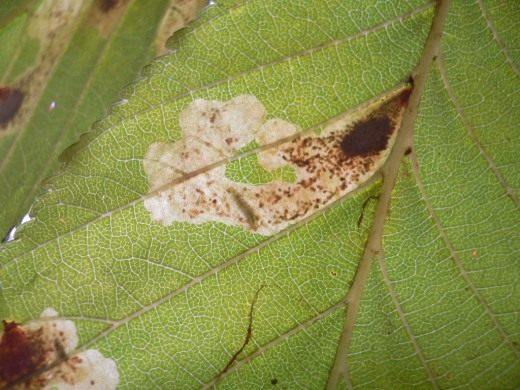
Methods for dealing with leaf miners
The methods of dealing with miner flies and moths at different stages of development of these insects are different.
Eggs are destroyed with paraffin-containing agents. The larvae have many natural enemies. These are, first of all, wasps, laying their eggs in miner larvae. However, they can only be used precisely and purposefully in greenhouses. Effective and multiple spraying of plants with products containing pyrethrum.
The imago (final stage of development) of miners can be caught using sticky boards or products containing pyrethrum. It should be remembered that miners quickly become resistant to all pesticides.
Attention! Pyrethrum insecticides are very harmful to health. Wear gloves and face masks when handling them! Spray either in the morning or in the evening when biological enemies such as ladybugs or riders are not active. Do not go near bodies of water.

Natural methods of struggle
Remove affected leaves. Check the plants for gouged holes and puncture marks. Cut the leaves and destroy.
Cover with a non-woven cloth. Grow vegetables and flowers under non-woven linen to prevent miners from laying their eggs on them.
Spray with spring oil. The oil can only be used on plants with strong leaves.
Introduce riders into the greenhouse. You can purchase them at specialized gardening stores.
Insecticide control methods
If a miner fly or moth is found, insecticides should not be applied immediately. Use them only in case of an especially severe injury. Spray products containing pyrethrum are effective. However, spraying will have to be carried out several times in a row. Spray five to six times, three to five days apart.
Flies and moths die after one single spray. However, their larvae are more hardy. Pupae are often not affected by insecticides at all, because in some species the pupation phase occurs in the ground. Watering the soil with products containing pyrethrum brings some success with very severe lesions.
Affected plants
Fruit trees:
- Cherry, Pear – Symptoms: Miner flies and moths leave light beige to brown gnawed passages on the leaves. Help: remove the affected leaves; hang up yellow planks for catching miners.
- Apple Tree – Symptoms: Miner flies and moths leave behind gnawed, serpentine, round and bubble-like passages. Help: remove the affected leaves; hang up yellow planks for catching miners.
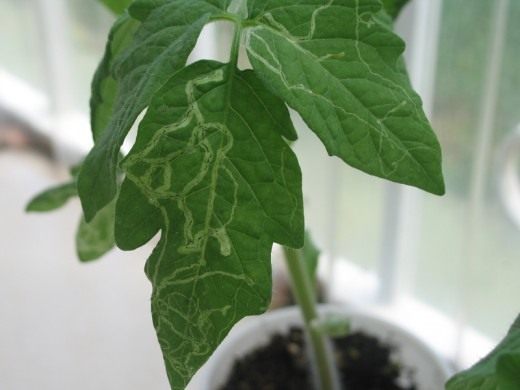
Shrubs:
- Rhododendron – Symptoms: Leaves traces of yellowish green caterpillars of azalea moth, reaching 1 cm in length. Help: remove the affected leaves; spray with pyrethrum; hang yellow planks.
- Holly Holly – Symptoms: Leaf miner flies leave puncture points in the leaves; mined passages left by larvae. Help: remove the affected leaves; spray with spring oil; hang yellow planks.
- Rose – Symptoms: Light puncture points and twisting gnawed passages left in the leaves by a pink mining moth. Help: remove affected leaves regularly; spray with pyrethrum; hang yellow planks.
Flowers:
- Zinnia – Symptoms: Leaf miner flies leave light beige gouged holes or spots on the leaves.
- Chrysanthemum – Symptoms: Leaf miner flies leave light, highly sinuous, gnawed passages in the leaves.
- Violets – Symptoms: Whitish dots and gouged holes appear on the leaves.
Help: remove the affected leaves regularly, spray with a preparation containing pyrethrum.
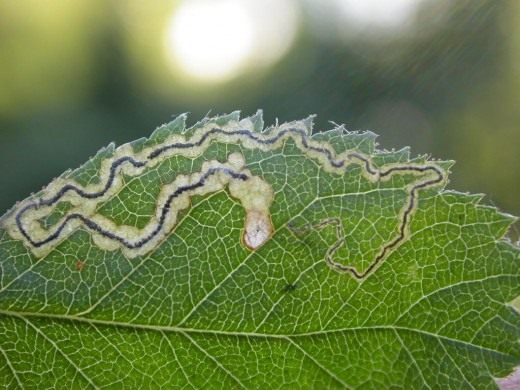
Vegetables:
- Lettuce – Symptoms: Whitish puncture points and gnawed holes appear on the leaves, which have arisen from the defeat of the mining flies.
- Tomato – Symptoms: Whitish dots and gouged holes appear on the leaves.
- Cucumber – Symptoms: White dots from punctures appear on the leaves and traces of gnawing by miner flies that look like passages.
Help: let riders into the greenhouse; hang yellow planks.

